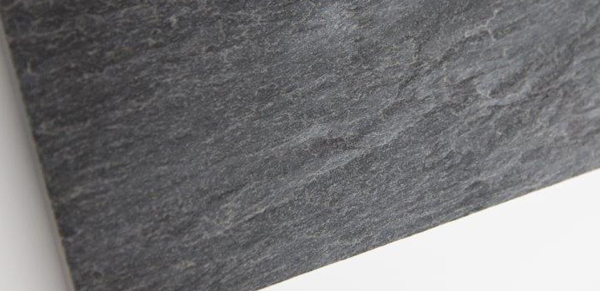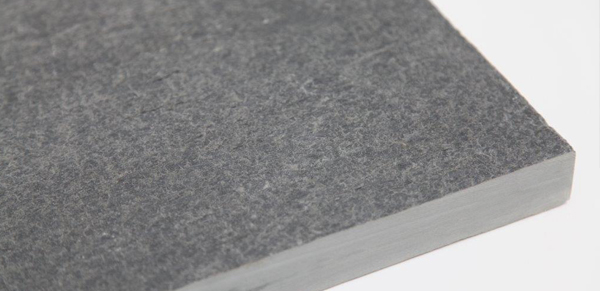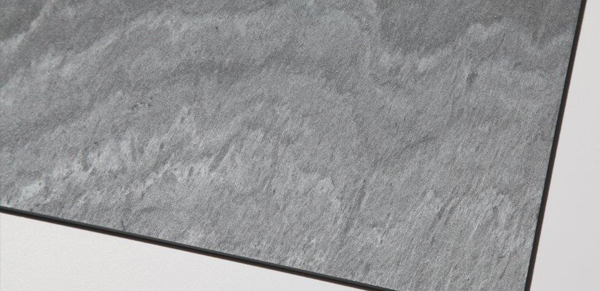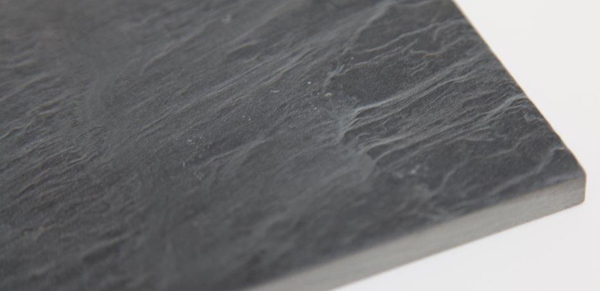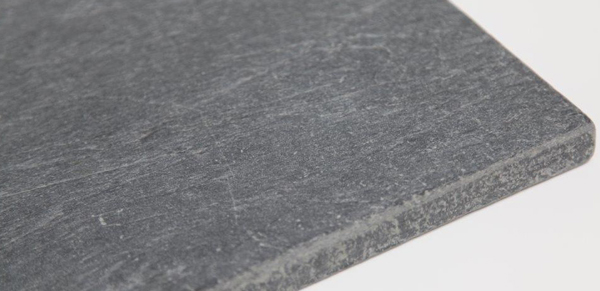The PHYLLITE is a kind of metamorphic rock which includes the JBERNARDOS Phyllite which we extract, process and market in our own quarries and factory in Bernardos – Segovia. Traditionally known as Bernardos Slate, given the similarity in appearance and in part to the characteristics it shares with slates, such as its fissility in fine, regular strips.
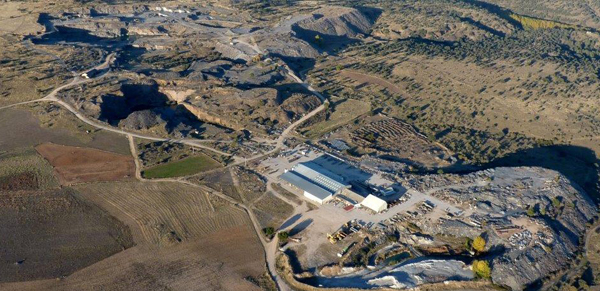
Phyllite, in petrographic terms, is a rock with a higher metamorphism to that of common slates, its planar minerals being larger than those of slates, but not enough to be easily identified at first sight. Although Phyllite strongly resembles slate, it can be distinguished by its satin sheen and its slightly wavy surface. It is an older rock on the geological scale, which implies a metamorphism and a higher crystallization, which gives it more hardness and less porosity (less water absorption) than the other slates. The arrangement of the minerals in sheets according to very marked schistosity planes and the crystallization of the minerals give it a very good mechanical behavior, which allows us to work it in different ways according to the desired architectural uses. Which is not possible with common mica-schists. It is easily recognized by its surface, planar and wavy structure, produced by the orientation of the phyllosilicates and its texture of very fine grain, not visible at first sight, but which can be observed under a petrographic microscope, to discover the main minerals composing it: micas, mainly muscovite, quartz, biotite, chlorite, calcite, among others.
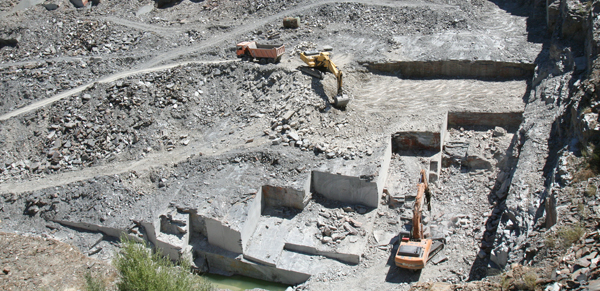
If we are more particularly interested in the JBERNARDOS PHYLLITE, it comes from the layers of the Santa María formation, a schist-Grauvaque complex from the lower pre-Cambrian (more than 550 million years), a much higher geological age in comparison to other similar stones, such as the Galician slate (450 million years approx) or the Scandinavian Otta Phyllite (460 million years).
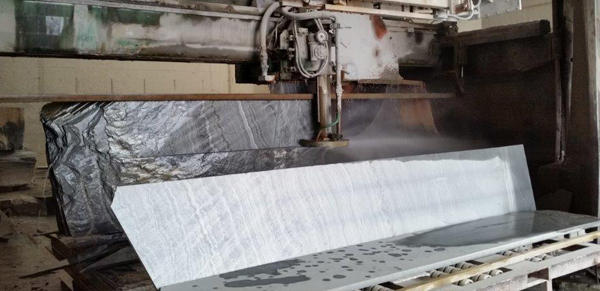
The surface of the JBERNARDOS PHYLLITE, once sawn, presents a very characteristic silky shine. Its color is nuanced: gray, gray-green, gray-blue, and gives rise to a very particular veining, which resort with more or less intensity depending on the finishes that can be applied to this stone, thanks to its excellent physical and mechanical properties, such as:
• sawn.
• brushed.
• honed.
• flamed.
• bush hammered.
• cleaved.
The production of Phyllite worldwide for architectural use is minor, when we know that 97% of the production is in common slate and only 3% in Phyllite and mica-schist.
The name “PHYLLITE” comes from the very particular shape of this rock and comes from two Greek words which signify Leaf and Stone.
